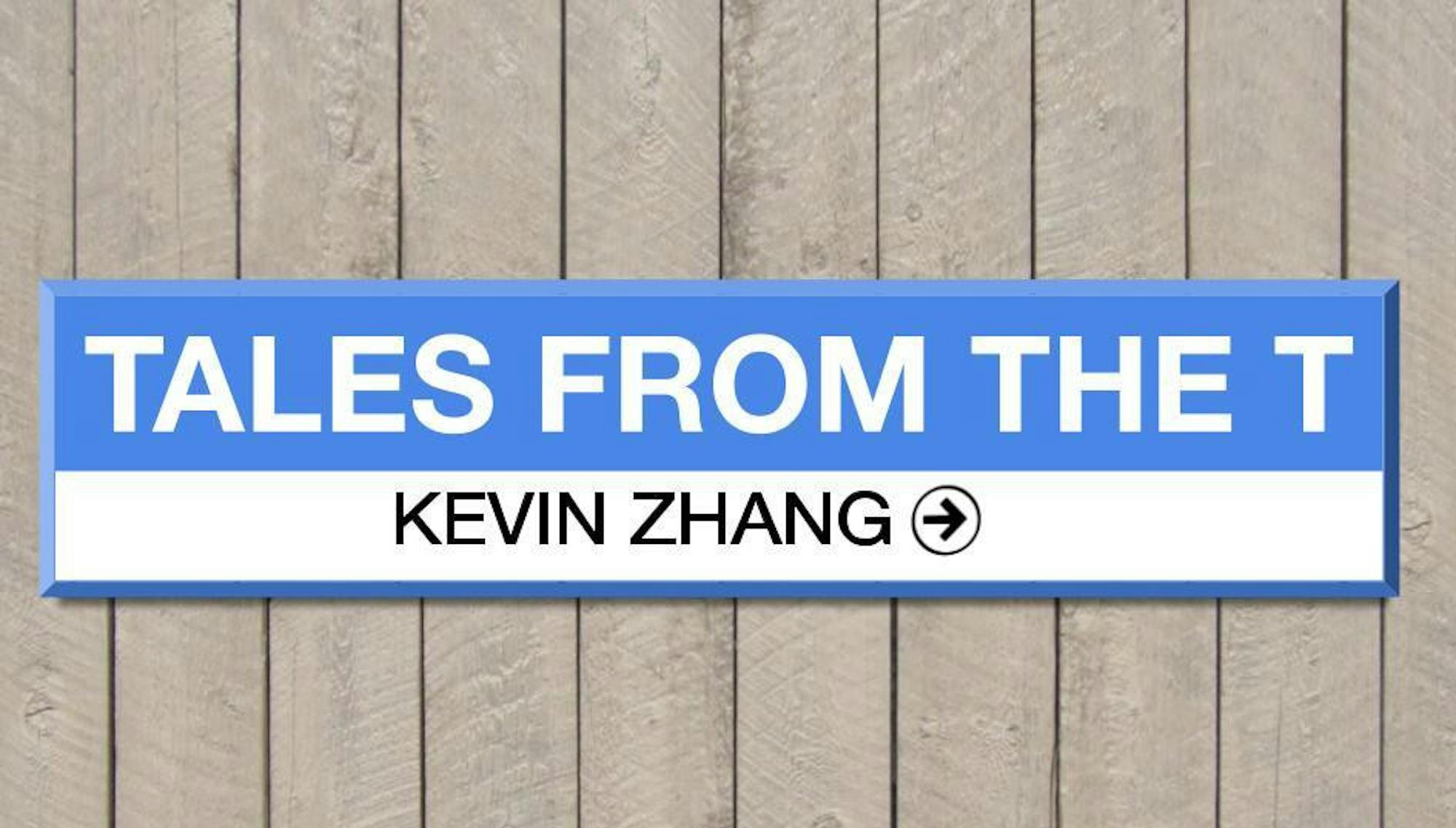There’s a fair chance you’ve never ridden the Blue Line. Linking the West End to Winthrop and Wonderland, it’s the shortest and least busy of the MBTA’s four subway lines. But even for its size, it’s got an interesting backstory that could teach us some lessons on the future of our transportation network.
Today’s Blue Line was created from two separately built portions. The section from Government Center under Boston Harbor to Maverick was built in 1904 as the East Boston Tunnel, the first underwater subway tunnel in North America, and the line was extended to Bowdoin in 1916. At one time, streetcars from East Boston could take the tunnel right into downtown, similar to today’s Green Line. There was no maintenance shop on the line; for repairs, trains had to be towed to Harvard Square!
The section between Maverick and Wonderland was known as the Boston, Revere Beach and Lynn Railroad, or BRBL. This steam railroad was built in 1875 between Lynn and East Boston, where passengers would board ferries to downtown Boston. The line attracted commuters to Boston, but it also attracted vacationers heading to the beaches on the BRBL’s waterfront route. Indeed, Revere Beach, situated right along the tracks, was the first public beach in the country. In its heyday, it boasted resorts and roller coasters just steps from the station.
To meet this demand, the BRBL replaced its steam trains with fast, frequent electric trains. This commuter railway was now essentially operated as a subway line, with frequencies that put today’s commuter rail system to shame. In the end, recurrent hurricanes, the Great Depression and the construction of the Summer Tunnel between east and downtown Boston would all take their toll, leading the BRBL to its closure in 1940.
Seven years later, the East Boston Tunnel was extended along the BRBL’s tracks to create one combined subway line. Originally planned to extend to downtown Lynn, the extension only had enough funding to reach Wonderland, leaving us with today’s stubby Blue Line.
The Blue Line is now one of the T’s most unique routes, providing views of lush marshes, landing planes and lapping waves. But it’s also a key service for riders in East Boston and Revere and for riders in Chelsea and Lynn who transfer from connecting buses. Many of these places are officially classified as environmental justice communities, which are broadly defined as communities with higher proportions of low-income, minority and non-English-speaking residents.
EJ communities are often the ones most impacted by structural inequities in public policy, environmental pollution and yes, transportation. For example, the Blue Line is somewhat isolated compared to other lines. It lacks direct connections at its ends to the Red Line and to Lynn, meaning EJ riders must navigate lengthy transfers to reach these common destinations. And yet, these EJ riders are highly reliant on public transit, so it’s no surprise that the Blue Line has seen the most consistent ridership throughout the pandemic.
Of course, plans have been made to address these issues. A Blue Line extension to the Red Line at Charles/MGH has long been planned and designed — it just needs funding. While complex and costly, it would improve journeys for thousands of the T’s most marginalized riders.
Similarly, a Blue Line extension to Lynn over the old BRBL has been proposed. (There’s even a gap in the Lynn station reserved for a future platform!) This 4 1/2 mile extension would certainly be pricey. However, a much faster, simpler alternative exists. The MBTA is planning to convert the existing commuter railroad in Lynn to frequent, electrified train service. It seems, a century later, that the BRBL had the right idea all along.






